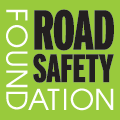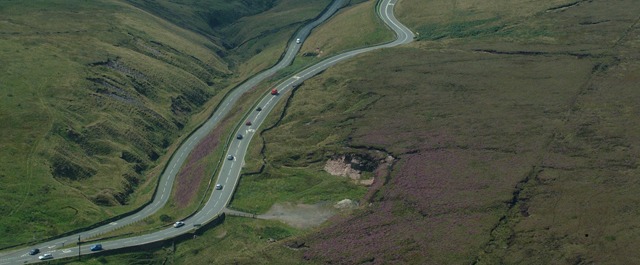GB EURORAP RESULTS 2006: HOW SAFE ARE YOU ON BRITAIN’S MAIN ROADS?
Deaths and serious injuries are both routine and predictable year after year on some main roads, according to an AA Motoring Trust study. These roads have languished at the bottom of the safety league table since the AA Trust started tracking safety performance in 2001.
The AA Trust report “How safe are Britain’s main roads?” carried out as part of the European Road Assessment Programme (EuroRAP) initiative, shows that the safest roads are up to 10 times safer than the most dangerous. Once again, single-carriageway roads dominate the list of consistently higher risk roads. Motorways are five times safer than the average single-carriageway road and twice as safe as dual carriageways.
Fatal and serious injury accident rates are on average five times higher on main roads that run through villages or the outskirts of towns than along the rural stretches of the same route. The likelihood of an accident in these built-up areas can be 15 times greater. Across the entire network of inter-urban roads covered by EuroRAP, there are twice as many (1.2) fatal or serious injury accidents per kilometre of road in built-up areas compared to those on the open road (0.6).
Among the most improved roads, casualties have dropped by three-quarters, thanks to measures that encourage drivers to adapt to the sudden change from open road to busier semi-urban layouts.
“People continue to be killed and badly injured because simple, affordable measures that dramatically reduce risk are not being put in place. We would not tolerate this on our railways, in the air, or in the workplace, so why do we tolerate it on our roads?” says Bert Morris, director of The AA Motoring Trust.
“Measures to bring the safety record of the higher-risk roads up to the average would save around 50 deaths and prevent 300 serious injuries a year, saving the economy and society over GBP 300 million, and up to GBP 10 million in health service budgets.
“The Chancellor is looking for public investment that will produce high rates of return: the AA Trust has evidence that targeting the minority of underperforming roads will achieve that”.
Other findings of the EuroRAP 2006 analysis show that one third of deaths and serious injuries on single and dual carriageways happen at junctions, while on motorways a fifth result from vehicles running off the road.
Examples of casualty reductions in built-up areas along rural routes include:
- the UK’s most improved road is the A452 Sutton Coldfield to Brownhills, with a 73 per cent reduction in fatal and serious collisions, thanks to speed limits being lowered in built-up areas and measures introduced to deter often disastrous over-taking.
- high visibility signs, safety improvements at entrances to villages, and road markings to emphasise speed limits cut serious accidents along the A523 Swinscoe to Macclesfield by 65 per cent.
- bypasses along the A5 Shrewsbury to Chirk, the A44 Worcester to Moreton-in-Marsh, and the A43, M40 to Northampton, have halved accidents along the routes.
These successes compare with some of the UK’s most dangerous roads where the number of casualties has sometimes dropped, but not enough to take them off the list of Britain’s worst performers. The five roads with the consistently highest risk of a fatal or serious injury accident are:
- the A682, from the junction 13 of the M65 to the A65 Long Preston
- the A54 Congleton to Buxton
- the A61 Barnsley to Wakefield
- the A82 Tyndrum to Tarbet
- the A623 Baslow to Chapel-en-le-Frith.

